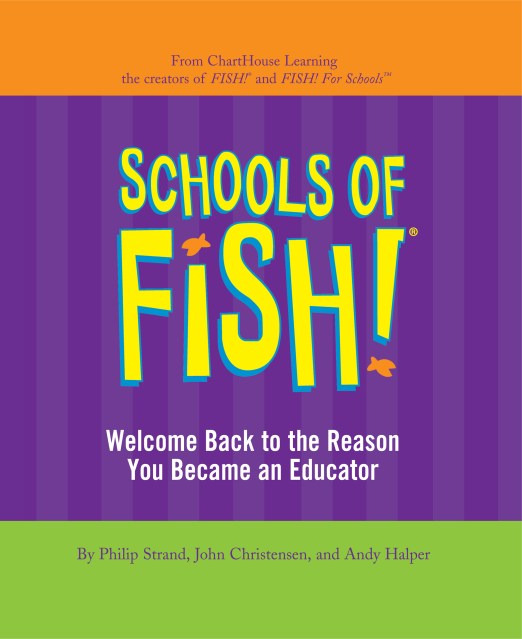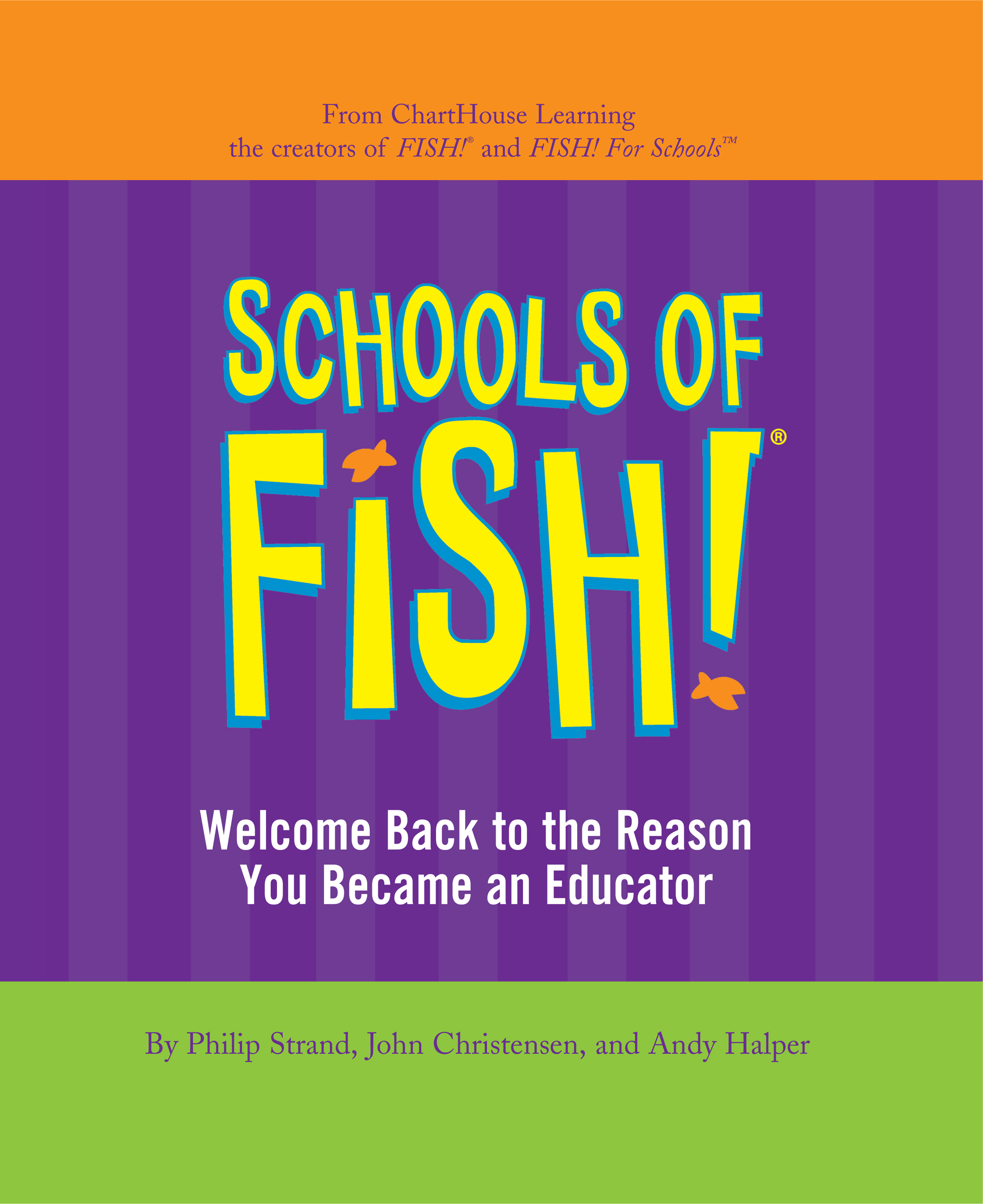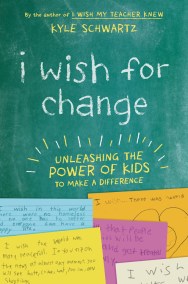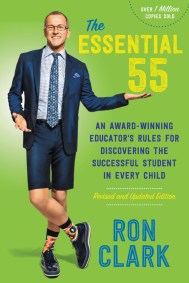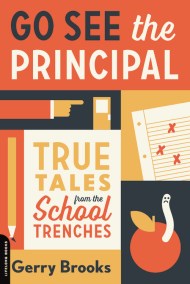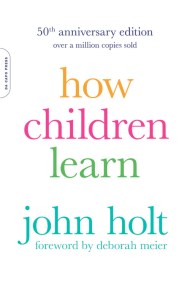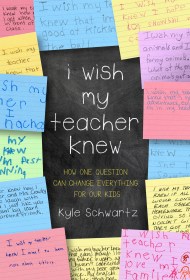Schools of Fish!
Contributors
By John Christensen
By Andy Halper
Formats and Prices
Price
$13.99Price
$17.99 CADFormat
Format:
ebook $13.99 $17.99 CADThis item is a preorder. Your payment method will be charged immediately, and the product is expected to ship on or around September 12, 2017. This date is subject to change due to shipping delays beyond our control.
Also available from:
Schools of FISH! offers practical ideas on classroom management. It addresses the issues you deal with every day–improving learning, respect and personal accountability, self-discipline and internal motivation, and finding ways to make learning more fun. Because you’re not just teaching students to learn . . . you’re inspiring them to want to learn.
Genre:
- On Sale
- Sep 12, 2017
- Page Count
- 224 pages
- Publisher
- Hachette Books
- ISBN-13
- 9780316445115
Newsletter Signup
By clicking ‘Sign Up,’ I acknowledge that I have read and agree to Hachette Book Group’s Privacy Policy and Terms of Use
